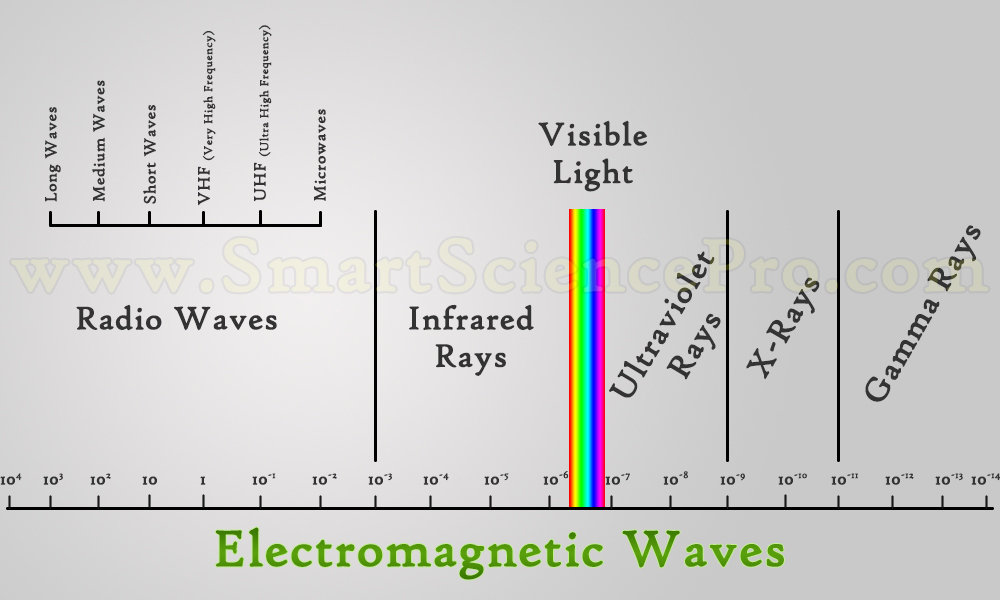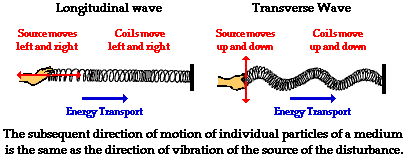Types of Waves
by Justin Luna and Jared Mendez
Electromagnetic Waves
- Radio Waves
- Infrared Rays
- Visible Light

4. Ultraviolet 5. X-Rays 6.Gamma Rays
Radio Waves
Radio waves have the longest wavelength on the electromagnetic spectrum, there are made from planets and stars, and are used in every day devices like phones, Wi-Fi, radios, and astronomy.
Infrared (IR) light is the part of the EM spectrum that people encounter most in everyday life, although much of it goes unnoticed. It is invisible to human eyes, but people can feel it as heat.
Infrared Rays


Visible Light
Visible light is a form of electromagnetic (EM) radiation that is visible to most human eyes.
Ultraviolet Rays


Ultraviolet radiation. Invisible rays that are part of the energy that comes from the sun, can burn the skin, and cause skin cancer.
X-Rays
An electromagnetic wave of high energy and very short wavelength, which is able to pass through many materials opaque to light.
Gamma Rays


Gama Rays have the smallest wavelength in the electromagnetic spectrum, they are made from radioactive atoms and nuclear explosions, they are used as a form as cancer treatment,
and for astronomy.
What types of waves are there?
Mechanical waves:
Waves that need a medium to travel through, a good example is sound it can travel through air, water and solids.
Electromagnetic wave:
Waves that travel can though empty space, unlike
Mechanical waves that need matter to travel, good examples are light, microwaves, and radio waves.


Types of Mechanical Waves
Transverse waves:
Are waves go in every direction from where it originated, a good example is when you throw a rock into a pond and the water ripples outward in circle.
Longitudinal Waves:
These waves are a lot more physical, examples of this are earthquakes and tsunami

Types of Waves
By k5moon
Types of Waves
- 491



